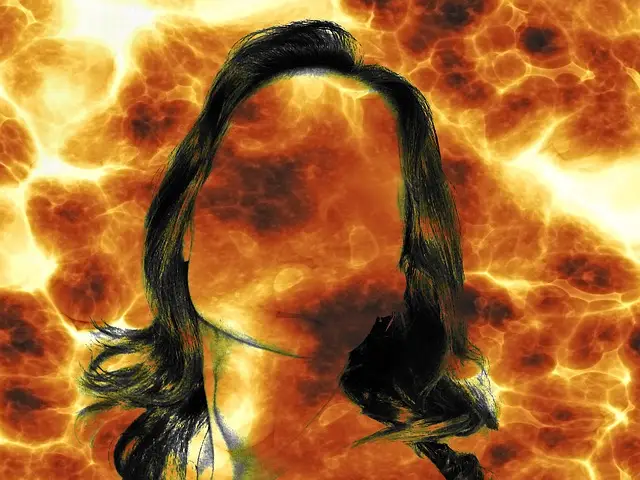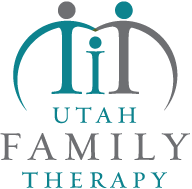Porn Addiction and Sex Addiction
Difference Porn Addiction And Sex Addiction – Robert Robison answers this question for you in this video.
What’s the Difference Between Porn and Sex Addiction?
Sex addiction, a topic often shrouded in misconception, is a complex issue that extends beyond simple urges or desires.
It’s crucial to differentiate it from porn addiction, even though they are related.
Understanding the nuances between these addictions is essential for effective treatment and recovery.
This article aims to elucidate the differences between porn addiction and sex addiction, with a focus on the latter.
Defining Sex Addiction
Sex addiction sometimes referred to as hypersexual disorder, involves compulsive sexual behaviors that significantly disrupt a person’s life.
These behaviors may include excessive masturbation, frequent engagement in casual sex, obsessive use of pornography, and persistent thoughts or urges about sex.
The critical aspect of sex addiction is the loss of control over these behaviors despite negative consequences, such as relationship problems, financial difficulties, and health risks.
Sex addiction often involves a cycle of preoccupation, ritualization, acting out, and despair.
Individuals with sex addiction spend an excessive amount of time thinking about or engaging in sexual activities, which can detract from other important aspects of life, such as work, relationships, and personal responsibilities.

Defining Porn Addiction
Porn addiction, on the other hand, specifically refers to the compulsive consumption of pornographic material.
This addiction is characterized by an escalating need to view pornography to achieve the same level of satisfaction, similar to how substance addiction works.
Over time, individuals may spend increasing amounts of time viewing porn, often at the expense of their social, occupational, or personal lives.
While porn addiction is a subset of sex addiction, it is more narrowly focused.
Porn addicts may not engage in risky sexual behaviors with others but instead isolate themselves, leading to social withdrawal and intimacy issues.
The compulsive use of pornography can result in a distorted perception of sex and unrealistic expectations about sexual relationships.
Key Differences Between Sex Addiction and Porn Addiction
1. Scope of Behavior:
– Sex Addiction: Encompasses a broad range of sexual behaviors, including pornography use, casual sex, masturbation, and other sexual activities.
– Porn Addiction: Specifically involves the compulsive use of pornography and may not include other sexual behaviors.
2. Impact on Relationships:
– Sex Addiction: Often leads to infidelity, deceit, and significant strain on intimate relationships due to the pursuit of multiple sexual encounters.
– Porn Addiction: Primarily affects relationships through decreased intimacy, unrealistic sexual expectations, and neglect of the partner’s emotional needs.
3. Social Isolation vs. Risky Behaviors:
– Sex Addiction: This may involve engaging in risky sexual behaviors, such as sex with multiple partners or in unsafe environments, which can lead to health risks and legal issues.
– Porn Addiction: Typically leads to social isolation and withdrawal from real-life interactions, focusing instead on virtual sexual experiences.
4. Psychological Patterns:
– Sex Addiction: Involves a cycle of obsessive thoughts about sex, rituals leading up to sexual activities, and feelings of shame or guilt post-behavior.
– Porn Addiction: Characterized by an increasing dependency on pornography for sexual arousal, leading to difficulty in achieving satisfaction through real-life sexual experiences.
Understanding the Overlap
While sex addiction and porn addiction are distinct, they often overlap.
Many individuals struggling with sex addiction may also exhibit signs of porn addiction.
The common ground between the two is the compulsive nature of the behaviors and the negative impact on various life domains.
The Traumatic Impact
Both sex addiction and porn addiction can be deeply traumatic for the individual and their loved ones.
The cycle of compulsive behaviors often stems from and further exacerbates underlying trauma.
Those suffering from these addictions may experience profound feelings of shame, guilt, and isolation, which can lead to severe emotional and psychological distress.
Traumatic experiences related to these addictions can include betrayal in relationships, financial ruin, and health consequences.
Trauma-informed therapies are essential in treating sex and porn addictions.
Practical approaches include:
- Eye Movement Desensitization and Reprocessing (EMDR), which helps process and integrate traumatic memories
- Trauma-Focused Cognitive Behavioral Therapy (TF-CBT), which addresses harmful thought patterns and behaviors resulting from trauma
- Somatic Experiencing, which focuses on bodily sensations to release trauma stored in the body.
These therapies aim to heal the root causes of addiction, providing a foundation for sustainable recovery.
Treatment Approaches to Sex and Porn Addiction
Effective treatment for both sex addiction and porn addiction often involves a combination of psychotherapy, support groups, and sometimes medication. Here are some common approaches:
1. Cognitive Behavioral Therapy (CBT): Helps individuals identify and change distorted thinking patterns and behaviors related to their addiction.
2. 12-Step Programs: Similar to Alcoholics Anonymous, these programs provide a structured approach to recovery, emphasizing accountability, support, and spiritual growth.
3. Individual and Group Therapy: Offers a safe space to explore underlying issues, such as trauma, that may contribute to sex addictive behaviors.
4. Medications: In some cases, medications may be prescribed to manage underlying mental health conditions, such as depression or anxiety, which can exacerbate addictive behaviors.
5. Mindfulness and Stress Reduction Techniques: Help individuals manage urges and reduce the compulsive need for sexual behaviors or pornography use.
The Importance of Seeking Help
Recognizing the signs of sex addiction and porn addiction is the first step toward recovery.
These addictions are often accompanied by feelings of shame and guilt, making it difficult for individuals to seek help.
However, reaching out to a mental health professional can provide the necessary support and guidance to overcome these challenges.
Conclusion
Sex addiction and porn addiction, while related, are distinct conditions that require tailored approaches to treatment.
Understanding the differences can lead to more effective interventions and better outcomes for those struggling with these issues.
If you or someone you know is dealing with compulsive sexual behaviors or pornography use, it is crucial to seek professional help.
Proper support makes recovery possible, and individuals can regain control over their lives and relationships.

